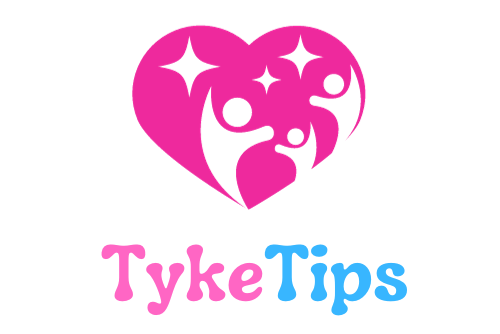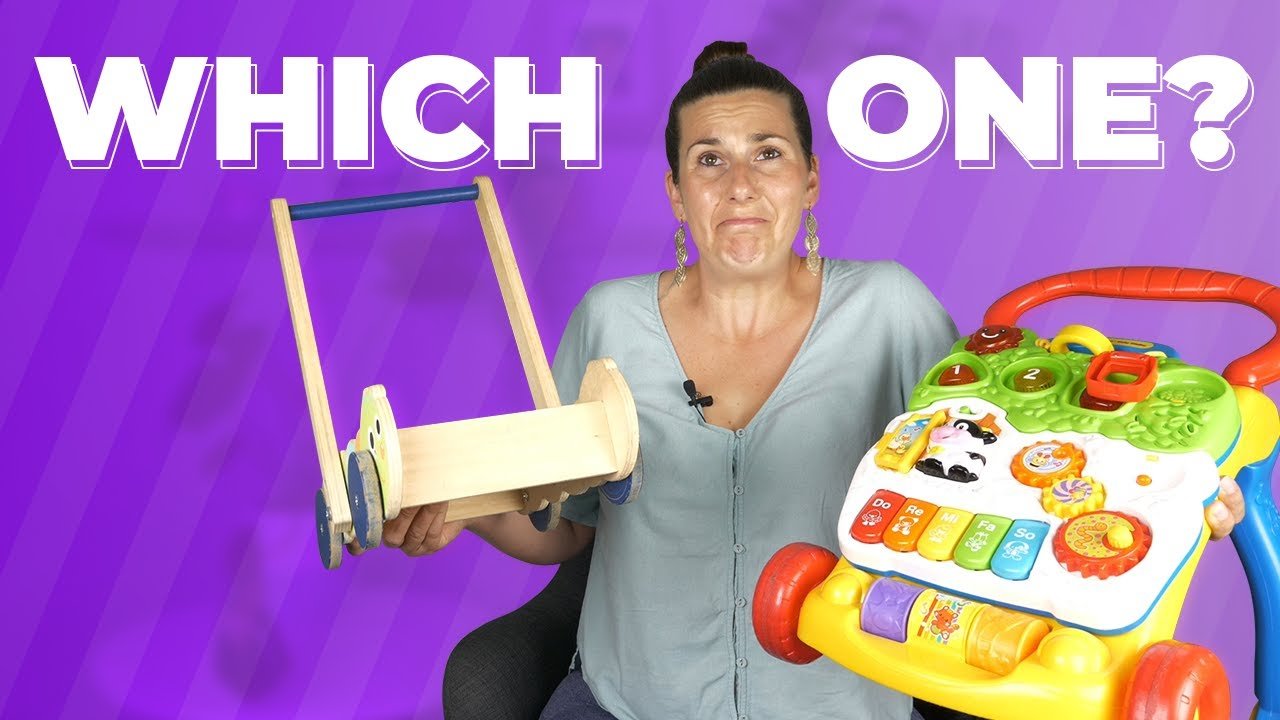When it comes to baby push walkers, there are various options to consider for your little one’s development. Plastic push walkers are lightweight and have adjustable wheel speed, making them ideal for carpeted flooring. On the other hand, wooden push walkers provide more stability for toddlers learning to walk, especially with front-mounted activity panels. It’s important to always supervise babies using push walkers to ensure safety and prevent accidents, as well as seek professional medical advice for any concerns about their development or safety.
As an occupational therapist and mom, baby push walkers are a favorite tool for encouraging babies to start walking independently. They not only help build confidence in babies but also work on fine motor skills with activity panels. Whether you choose a plastic push walker or a wooden one, each option has its own pros and cons to consider for your little one’s walking journey. Remember to prioritize safety and consult medical professionals if you have any concerns about your baby’s development.
Benefits of Baby Push Walkers
Baby push walkers are beneficial tools that help babies gain the confidence to start walking independently. By providing support and stability, these walkers allow babies to explore their surroundings in a safe manner. They also help in developing fine motor skills, as babies engage with the activity panels and toys attached to the walker. Additionally, baby push walkers provide entertainment and encouragement for babies, making the process of learning to walk more enjoyable.
Types of Baby Push Walkers
There are several types of baby push walkers available in the market to cater to different preferences and needs. Plastic push walkers are lightweight and often come with adjustable wheel speed settings. They also feature an activity panel that aids in the development of fine motor skills. On the other hand, wooden push walkers offer stability for toddlers learning to walk and come in basic models or with activity panels. Another popular type of baby push walker is the Vtech sit-to-stand push walker, which combines the benefits of plastic and wooden walkers.
Features of Plastic Push Walkers
Plastic push walkers have a lightweight design, making them easy for babies to maneuver. The adjustable wheel speed settings allow parents to control the pace at which the walker moves, ensuring safety for the baby. The activity panel included in most plastic push walkers provides interactive play options for babies, promoting the development of fine motor skills.

Features of Wooden Push Walkers
Wooden push walkers come in basic models as well as more advanced versions with activity panels. The wooden construction provides stability for toddlers who are still learning to walk. However, wooden push walkers may be heavier than their plastic counterparts, which can make them a bit difficult to maneuver, especially in small spaces.
Flooring Considerations
When choosing between plastic and wooden push walkers, it’s important to consider the type of flooring in your home. Plastic push walkers are ideal for carpeted flooring as they provide more traction and stability on such surfaces. Wooden push walkers, on the other hand, are better suited for tiles or wooden flooring due to their construction and weight distribution.
Safety Tips for Using Baby Push Walkers
It is crucial to always supervise babies when they are using push walkers to prevent accidents and injuries. Seeking professional medical advice if you have any concerns about your baby’s development or safety is highly recommended. By following safety guidelines and ensuring a safe environment, you can help your baby enjoy the benefits of a push walker while staying safe.
Best Baby Push Walkers
Some of the best baby push walkers on the market include the Vtech sit-to-stand push walker, basic wooden push walkers with blocks, and wooden push walkers with front-mounted activity panels. These walkers offer a combination of features that cater to different needs and preferences, providing a safe and enjoyable walking experience for babies.
Drawbacks of Wooden Push Walkers
While wooden push walkers offer stability and durability, they may have some drawbacks compared to plastic push walkers. Wooden push walkers can be heavy and challenging to maneuver in small spaces. Additionally, they cannot be collapsed for storage, which may be a consideration for parents with limited space.
Comparison of Cost
In terms of cost, walkers with trays are generally cheaper than wooden push walkers due to their material and construction. Wooden push walkers with rubber-trimmed wheels are slightly more expensive but offer added floor protection and stability for babies. Depending on your budget and preferences, you can choose a push walker that fits your needs best.
Engagement vs. Practicality
When considering push walkers with activity panels, it’s essential to weigh the engagement value against practicality. While activity panel push walkers may be more engaging for babies, basic wooden push walkers are recommended for focused walking practice and long-term use. Finding a balance between engagement and practicality can help in choosing the right push walker for your baby’s needs.

